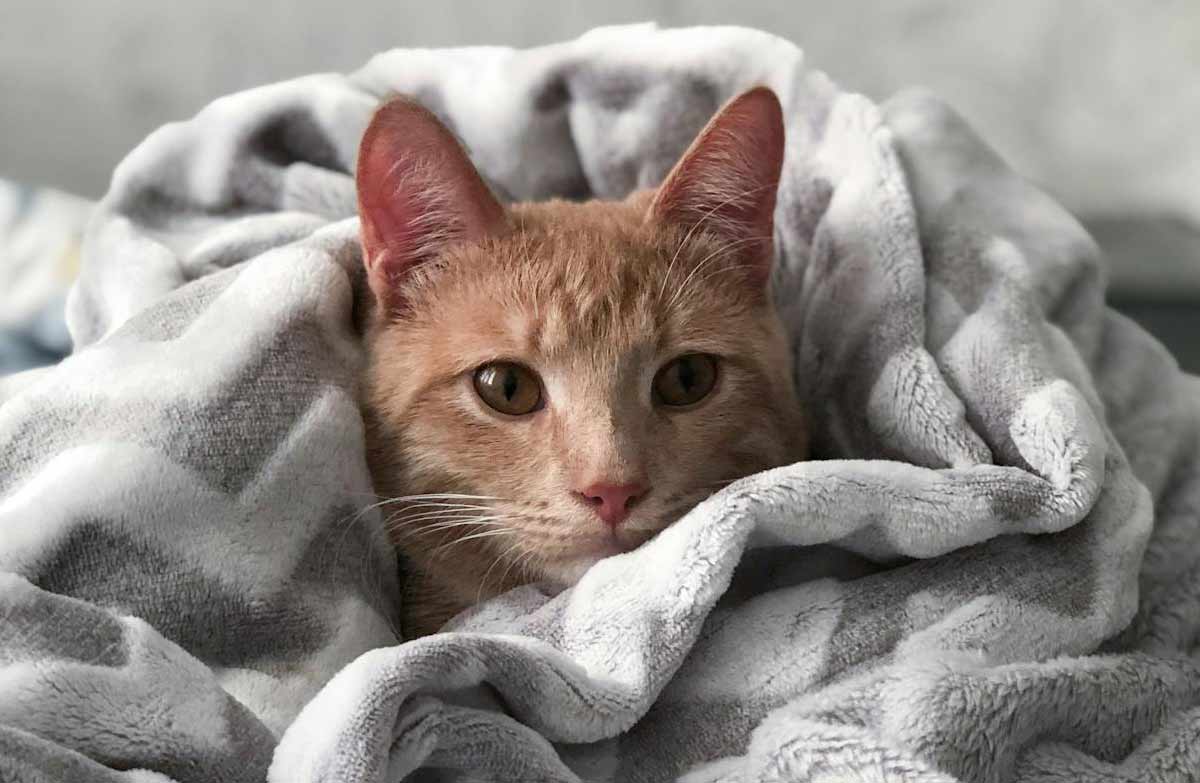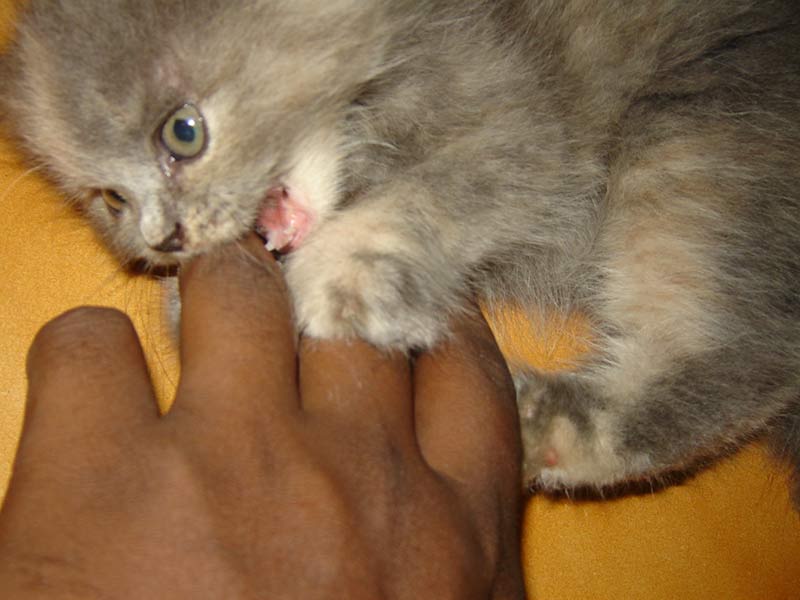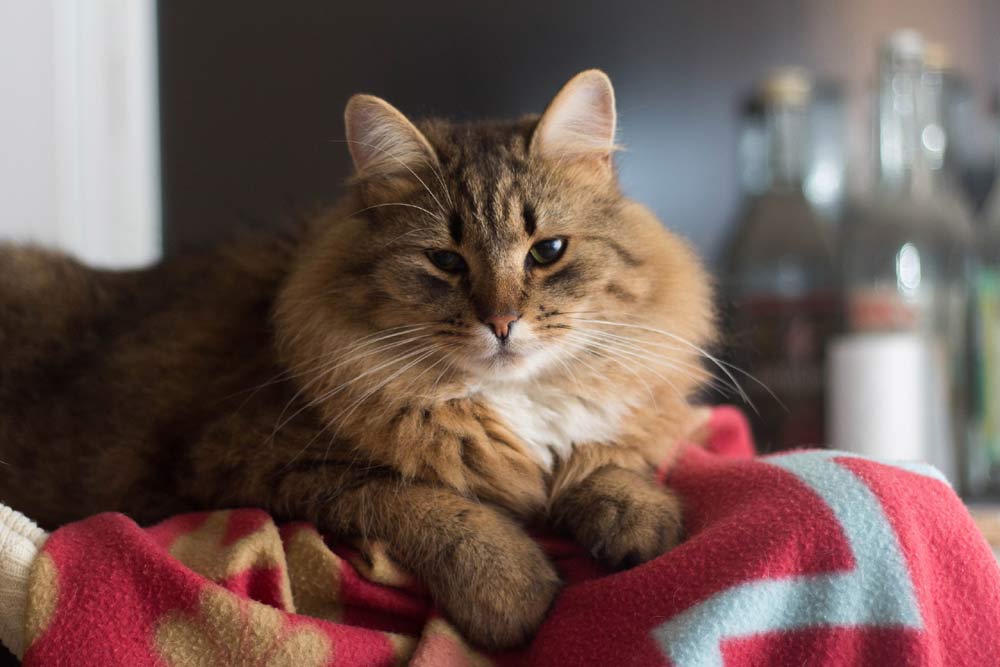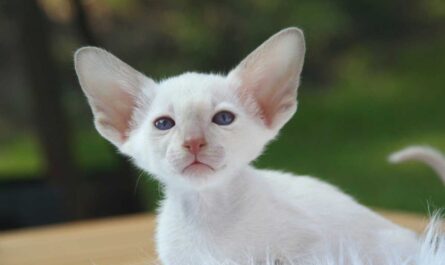Have you ever seen your cats roll around on their back? Have you ever witnessed your cat sprawled out on the floor, basking in a sunbeam, all four paws akimbo, in a seemingly carefree display of feline gymnastics? This playful posture, often accompanied by a rhythmic kneading motion with their paws, is a source of amusement and intrigue for cat owners worldwide. But what exactly compels our feline companions to engage in these “supine shenanigans,” as we might call them? Is it a simple invitation to play, a sign of ultimate relaxation, or something more complex?
This article dives deep into the fascinating world of the feline rollover, exploring the various reasons why cats might contort themselves into this seemingly vulnerable position. We’ll unveil the communication signals hidden within this behavior, delve into the interplay of emotions and physical needs, and explore the influence of environmental factors. Finally, we’ll address any potential health considerations associated with your cat’s rolled posture. So, grab your favorite catnip-infused beverage, curl up in a comfy spot, and prepare to embark on a journey to understand the secret language of the feline rollover.
Key Sections Unveiling the Mystery:
-
Communication Central: The Rolled Back as a Social Signal: We’ll explore how the rollover functions as a form of feline communication, revealing trust, a desire for interaction, or even submission.
-
Emotional Rollercoaster: Unveiling the Feelings Behind the Flop: We’ll delve into the emotional landscape of the feline rollover, examining how it can express contentment, playfulness, or even a need for reassurance.
-
Physical Pursuits: Stretching, Scratching, and More: We’ll explore how the rollover can be a practical maneuver used for stretching, scratching, or even marking territory.
-
Environmental Enrichment: The Role of the Surroundings: We’ll investigate how the environment plays a role in this behavior, considering factors like sunlight, temperature, and the presence of stimulating objects.
-
Health Considerations: When to Seek Professional Guidance: We’ll discuss potential health concerns associated with a cat’s rolled posture, highlighting the importance of seeking professional guidance when necessary.
A Language of Posture: Decoding the Communication Behind the Roll
Ah, the feline roll – a sight that melts hearts and sparks endless amusement. But beyond the undeniable cuteness factor, this seemingly simple act is a rich form of feline communication, a language of posture that speaks volumes about your cat’s mood and intentions. Let’s delve deeper and unveil the fascinating messages hidden within a cat’s supine shenanigans.
Beyond Cuteness: More Than Meets the Eye
The initial reaction to a cat rolling on its back is often an outburst of “Aww, how adorable!” And undeniably, it is! However, there’s more to this behavior than just visual charm. A cat’s rollover is a deliberate communication tactic, a way for them to express themselves in the absence of human-like speech. By understanding the nuances of this posture, you can gain valuable insights into your feline companion’s emotional state and desires.
Vulnerability and Trust: Baring the Belly, a Sign of Comfort
Imagine yourself lounging on a plush sofa, completely relaxed and at ease. Now, picture yourself exposing your stomach – a vulnerable area – to the world. It wouldn’t exactly scream confidence, would it? For cats, however, the logic flips. A cat rolling on its back, belly exposed, is a sign of deep trust and comfort in its surroundings. They feel safe enough to let down their guard, literally and metaphorically, indicating a positive association with their environment and the people around them. So, the next time your cat flops down with their belly presented, consider it a purrfect compliment – you’ve created a haven of security and affection for your feline friend.
Invitation to Play: A Playful Plea for Interaction
Kittens are notorious for their playful rolls, tumbling and twisting with boundless energy. But even adult cats might engage in this behavior, especially when seeking attention or initiating playtime. Think of it as a playful invitation – a furry version of a beckoning paw or a playful swat. By rolling on their backs with eyes sparkling and tails swishing, they’re extending an olive branch, a playful challenge for a wrestling match or a feathery toy chase. So, if your cat rolls at your feet, don’t resist the urge to engage! Grab a wand toy or a ball and prepare for a delightful display of feline athleticism and joy.
Marking Territory: A Scent-sational (Though Less Common) Motive
Cats are territorial creatures, and scent plays a crucial role in marking their domain. While rolling on furniture or carpets might seem like a way to leave behind fur, it can also be a subtle way for them to deposit scent markers from glands located on their bodies. However, this form of communication is less common than the others we’ve discussed. If your cat primarily rolls on specific objects or areas, it might be a sign of territorial behavior. Providing them with designated scratching posts and ensuring they feel secure in their environment can help minimize this behavior.
Dominance Display (Less Frequent, But Worth Noting):
In rare instances, a cat rolling on its back can be a dominant display. This is more likely to occur between cats who don’t know each other well, and it’s usually accompanied by other assertive body language like a flattened tail or dilated pupils. However, it’s important to note that this is a less frequent scenario. If you observe your cat rolling over towards another cat and the recipient seems relaxed or even playful, it’s likely a more positive communication tactic.
III. A Symphony of Emotions: Unveiling the Feelings Behind the Roll
The feline full-body flop, the gravity-defying belly presentation – a cat rolling onto its back is a sight that can elicit a range of emotions in cat owners. From amusement to confusion, we often wonder, “what’s going on inside that furry head?” The truth is, a cat’s roll can be a complex communication tactic, expressing a variety of emotions depending on the context and accompanying body language. Let’s delve deeper into the fascinating world of feline acrobatics and decipher the hidden messages behind the great feline rollover.
Pure Joy and Contentment: A Sign of Feline Bliss
Imagine yourself basking in the warm afternoon sun, feeling utterly relaxed and content. For some cats, rolling onto their backs can be the feline equivalent of this blissful state. In a calm and familiar environment, with relaxed muscles and a soft purr emanating from their throat, a cat rolling on its back is likely expressing pure joy and contentment. This full-body display of vulnerability signifies a high level of trust in their surroundings. Consider it a feline compliment – your cat feels safe and secure enough to expose its most sensitive area.
Visual Cues for Pure Joy: Look for relaxed ears, a gentle tail swish, and a soft, continuous purr accompanying the roll. Their eyes might be partially or fully closed, further indicating a state of deep relaxation.
Stress Relief and Relaxation: Unwinding the Feline Way
Cats are masters of stoicism, but even the most even-tempered feline can experience stress or tension. Just like humans might stretch or yawn to unwind, some cats utilize the roll as a way to de-stress and release built-up tension. The act of rolling allows them to stretch and massage their muscles, promoting relaxation and a sense of calm.
Visual Cues for Stress Relief: While the rolling motion might be similar to a playful roll, the overall demeanor might be more subdued. The purr might be less intense or even absent altogether. Their gaze might be focused on a specific point in the room, or their eyes might be slightly narrowed.
Soliciting Attention (Playful or Needy): The Roll with a Purpose
Cats are masters of communication, and sometimes, a roll is a strategic maneuver to capture your attention. Depending on the context and accompanying body language, the roll can be an invitation to play or a plea for some quality cuddle time.
-
The Playful Roll: A playful roll might be followed by a playful swat at your hand or a playful pounce. The cat’s eyes might be bright and alert, their tail twitching excitedly. This is their way of saying, “Hey there, human! Let’s have some fun!”
-
The Needy Roll: Sometimes, a cat might roll at your feet or near your lap, gazing at you expectantly. This could be their way of requesting attention, perhaps a chin scratch or a good petting session. The purr might be more insistent in this case, and their body might be oriented towards you more deliberately.
Understanding the Context: By observing the situation preceding the roll, the cat’s overall demeanor, and any accompanying vocalizations, you can better understand the message your feline friend is trying to convey. Is it an invitation to a playful chase, or a plea for some well-deserved belly rubs? The more you observe your cat’s unique communication style, the easier it will be to decipher the hidden message behind the great feline rollover.
Beyond Communication: Exploring Physical Needs
The playful plop of a cat rolling onto its back is a common sight in any feline household. While we might interpret this behavior as a playful invitation for belly rubs (proceed with caution!), the reasons behind a cat’s supine shenanigans go deeper than mere communication. Let’s delve into the fascinating world of feline flexibility and explore the physical needs that might motivate your cat to become a furry gymnast.
A Satisfying Stretch: Unfurling the Body
Imagine waking up after a long nap, your muscles feeling a little stiff. The first thing you might do is reach for the ceiling and give yourself a nice big stretch. Well, for cats, rolling onto their backs serves a similar purpose. This full-body extension allows them to stretch their muscles, particularly along their spine, shoulders, and hind legs. After a period of inactivity, like napping or lounging, these stretches help improve flexibility and blood flow, preparing your feline friend for a playful pounce or a leisurely exploration of their domain.
Picture this: Your cat has been curled up in a cozy sunbeam for a good hour, basking in the warmth. As the sun’s rays shift, their internal alarm clock goes off, and they decide it’s time to get moving. But before they launch themselves into a whirlwind of playful activity, they’ll likely perform a strategic roll. This stretch helps loosen up their muscles, ensuring they’re limber and ready to chase that feathery toy or conquer the scratching post.
The Itch Factor: Reaching the Unreachable
Let’s face it, some areas on a cat’s body are just plain difficult to reach with their paws. That pesky itch right in the middle of their back? Forget about it! This is where the magic of rolling comes in. By contorting themselves into a backflip position, cats can use the rough surface of the floor (or your favorite rug!) to scratch that itch they just can’t reach with their own claws.
Imagine this scenario: Your cat is meticulously grooming themselves, meticulously cleaning every inch of their fur within reach. Suddenly, they pause, a frown crinkling their brow (well, figuratively speaking). They twitch their tail and start rolling back and forth on the carpet. Aha! There must be an itch right in that sweet spot they just can’t seem to reach with their paw. This rolling behavior allows them to scratch that itch and maintain their impeccably clean fur coat.
Fun Fact: Cats have a natural aversion to water (generally speaking), so reaching certain areas for bathing becomes a challenge. Some clever felines might utilize this rolling technique to remove debris or dirt from their fur, especially if they’ve been exploring the great outdoors.
While communication plays a significant role in a cat’s rolling behavior, understanding the physical needs it fulfills offers a deeper appreciation for this fascinating feline maneuver. So, the next time your cat rolls onto their back, you can acknowledge their excellent stretching routine or their attempt to reach an impossible itch. Remember, a happy and healthy cat is a flexible cat, and rolling is just one of the ways they keep their bodies feeling tip-top.
Environmental Influences: The Role of Surroundings
The great feline rollover isn’t just a random act of kitty contortion. A cat’s environment plays a significant role in why they might choose to splay themselves out in a display of exposed underbelly. Let’s delve into some of the environmental factors that might influence this intriguing behavior:
Sunbathing Bliss: Soaking Up the Rays (Literally!)
Have you ever witnessed your cat basking in a patch of sunlight, sprawled out on their back with a look of pure contentment? This isn’t just a coincidence. Cats are natural sun-worshippers, and rolling onto their backs allows them to maximize sun exposure on their bellies. This warm sunshine provides several potential benefits:
-
Thermoregulation: Cats, being obligate carnivores, have a higher basal metabolic rate compared to some other mammals. This means they generate more internal heat and require ways to regulate their body temperature. Basking in the sun’s warmth helps cats stay comfortable, especially during cooler weather.
-
Vitamin D Synthesis: Just like humans, cats can benefit from vitamin D, which plays a crucial role in bone health and immune function. Sun exposure on exposed skin triggers vitamin D synthesis in the body. While cats can obtain some vitamin D from their diet, rolling in the sunshine might be their way of supplementing their intake.
So, the next time you see your cat sprawled out on their back in a sunny spot, remember, that they might be indulging in a natural spa treatment, soaking up the warmth and potentially boosting their vitamin D levels.
Texture Exploration: A Symphony for the Senses
Cats are incredibly curious creatures, and their sense of touch plays a vital role in their exploration of the world. Sometimes, the urge to roll over might be driven by the simple desire to experience a particular texture against their fur. Imagine a soft, plush rug – the perfect invitation for a cat to roll around, savoring the feeling of the gentle fibers tickling their belly.
Here are some possibilities when it comes to texture-inspired rolling:
-
New Carpet: Have you recently laid down a new carpet? Don’t be surprised if your cat becomes the first one to christen it with a good roll. The unfamiliar texture might pique their curiosity, prompting them to explore it with their entire body.
-
Fresh Laundry: The irresistible scent of freshly laundered clothes can be a powerful cat attractant. But it’s not just the smell – the soft, fluffy texture of clean towels or a pile of folded clothes can be an invitation for a delightful rolling session.
-
Grass Patch: The feeling of soft grass beneath their paws might entice your cat to roll around outdoors. This behavior can be a way for them to mark their territory with scent glands on their bodies or simply enjoy the refreshing sensation of the grass tickling their fur.
Remember, a cat’s world is full of fascinating textures, and rolling over allows them to experience these sensations in a whole new way.
Playful Encounters: The Thrill of the Hunt (Even if Imaginary)
Play is an essential part of a cat’s life, and rolling can sometimes be incorporated into their playful repertoire. Here are a couple of scenarios where rolling might be a playful expression:
-
Kitten Romps: Watch a group of playful kittens, and you’ll likely witness a flurry of rolling, pouncing, and batting. Rolling over might be a way for kittens to mimic hunting behavior, practicing their takedown techniques on unsuspecting siblings. It’s also a playful invitation for interaction, encouraging their littermates to join in the fun.
-
Interactive Play: During a play session with your cat, they might roll over after batting at a toy or chasing a laser pointer. This could be their way of inviting you to engage in a playful wrestling match or simply a sign of pure joy and excitement during playtime.
So, the next time your cat rolls over in front of you, take a moment to consider their environment. Are they basking in a patch of sunlight, seeking a new textural experience, or perhaps inviting you for a playful interaction? By understanding the potential influences, you can gain a deeper appreciation for the fascinating language of your feline companion.
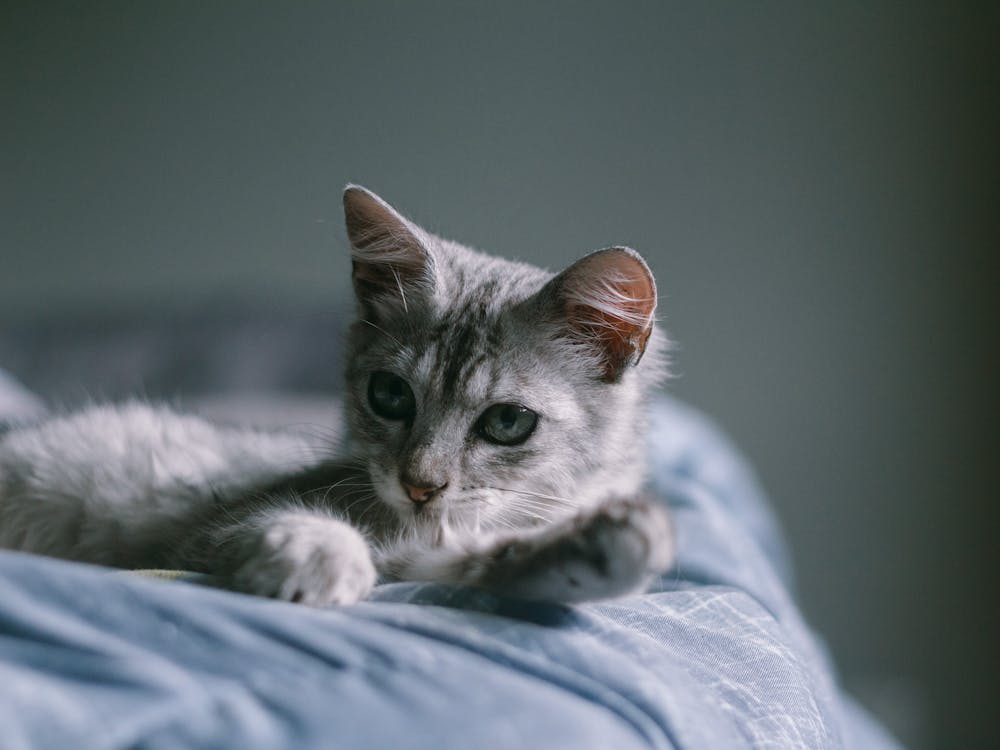
Rolling with Caution: Recognizing Potential Health Concerns
While the great feline rollover is often a delightful display of contentment and playfulness, it’s important to be aware of situations where it might indicate underlying health concerns. Just like humans, cats communicate their well-being through body language and behavior. Let’s explore some scenarios where a cat rolling on its back might warrant a closer look.
Age and Physical Limitations: When Rolling Becomes a Stretch
As our feline companions gracefully enter their senior years, their bodies might not be quite as nimble as they once were. Older cats or those with limited mobility might struggle to reach certain areas for grooming or scratching. In these cases, rolling onto their backs can be a practical way to access those hard-to-reach itchy spots behind the ears or on the belly.
Here are some clues to help you differentiate between a playful roll and one motivated by physical limitations:
-
Difficulty with Grooming: Does your senior cat seem to struggle with grooming themselves effectively? Are there patches of matted fur or areas they seem unable to reach? If so, the rolling might be an attempt to compensate for their reduced flexibility.
-
Stiffness or Discomfort: Does your cat appear stiff or uncomfortable when they move? Do they wince or vocalize when attempting to groom certain areas? These signs could indicate underlying joint pain or arthritis, making rolling a more accessible way to scratch an itch.
-
Frequency of Rolling: If your cat seems to be rolling on their back excessively, particularly if it wasn’t a common behavior before, it could be a sign of frustration or difficulty with self-grooming.
If you suspect your cat’s rolling might be due to physical limitations, a visit to the veterinarian is recommended. They can perform a thorough examination to assess your cat’s mobility and recommend strategies to improve their comfort, such as senior-friendly scratching posts or assistance with grooming.
Pain Response: When Rolling Becomes a Reaction
In some cases, a cat rolling on their back might be a response to pain, particularly abdominal discomfort. Pain can cause cats to exhibit unusual behaviors, and rolling might be an attempt to find a more comfortable position or alleviate the discomfort.
Here are some red flags to watch out for:
-
Vocalization: Does your cat yowl or hiss when they roll on their back? Vocalization often indicates pain or distress.
-
Strained Posture: Does your cat appear tense or strained when rolling? A stiff or unnatural posture could be a sign of underlying discomfort.
-
Other Signs of Illness: Is the rolling accompanied by other symptoms like lethargy, vomiting, or loss of appetite? These additional signs often point towards a more serious health issue.
If you observe any of these red flags alongside your cat’s rolling behavior, it’s crucial to seek veterinary attention immediately. Early diagnosis and treatment of any underlying pain condition can significantly improve your cat’s comfort and well-being.
Observe and Consult: When in Doubt, Seek Help
The key to understanding your cat’s rolling behavior lies in observation. Consider the context, their overall demeanor, and any accompanying signs. If the rolling seems excessive, is accompanied by other concerning symptoms, or appears painful, it’s always best to err on the side of caution and consult your veterinarian.
Remember, your veterinarian is your partner in ensuring your cat’s health and happiness. They can provide valuable insights into your cat’s unique rolling habits and offer guidance on addressing any potential underlying health concerns. So, the next time your feline friend stages a dramatic back roll, take a moment to observe and remember: a little vigilance can go a long way in keeping your furry companion happy and healthy.
The Verdict is In: Understanding Your Cat’s Rollover
Have you ever witnessed your feline friend sprawled out on the floor, belly exposed, and a playful glint in their eyes? This captivating posture, known as the “rollover,” is a source of amusement and intrigue for many cat owners. But what exactly does it mean? Is your cat inviting a tummy rub, or is there something else brewing beneath the surface? Unveiling the mystery behind your cat’s supine shenanigans requires delving into the fascinating world of feline communication.
Context is Key: Cracking the Code of the Rollover
The truth is, there’s no one-size-fits-all answer to the meaning of a cat rollover. Just like us humans, cats communicate through a complex interplay of body language, vocalizations, and even the situation itself. To decipher the message behind the rollover, it’s crucial to consider the context in which it occurs.
-
Playtime Prowess: If your cat rolls over during a playful session, complete with swatting paws and playful nips, it’s a clear invitation to join the fun! Think of it as a playful challenge, a feline version of “come wrestle!” Engaging in this playful behavior strengthens your bond with your cat and provides them with necessary exercise and mental stimulation. Fitness – Meditation – Diet – Weight Loss – Healthy Living – Yoga
-
A Sign of Contentment: Sometimes, a relaxed cat might simply roll over and expose their belly as a sign of ultimate comfort and trust. Imagine yourself basking in the warm sunshine – that’s the feeling your cat might be experiencing when they sprawl out in a vulnerable position. However, proceed with caution! Not all belly exposure translates to an invitation for a rub.
-
Feeling Fearful?: Believe it or not, a rollover can sometimes be a sign of fear or submission. If your cat rolls over while flattened against the ground, ears pinned back, and hissing, it’s a signal that they feel threatened. In such situations, it’s best to respect their space and avoid any further interaction that might escalate their anxiety.
Body Language Matters: Unveiling the Hidden Clues
Observing your cat’s body language alongside the rollover can provide even more valuable insights into their true intentions. Here are some key details to pay attention to:
-
The Tail Tells All: A relaxed, swishing tail often accompanies a playful rollover, inviting interaction. A stiff or tucked tail, however, might indicate fear or anxiety.
-
Vocalizations Speak Volumes: A purring cat rolling over is a clear sign of contentment and a potential invitation for a gentle head scratch. Hissing or growling coupled with the rollover signifies a defensive posture – it’s best to back away and give your cat some space.
-
Facial Expressions: Pay close attention to your cat’s facial expressions. Soft, relaxed eyes and dilated pupils often accompany a playful or content rollover. Narrowed eyes or flattened ears, however, indicate a potentially fearful or stressed cat. Cat accessories on Amazon
By understanding these subtle nuances in your cat’s body language, you can become a master decoder of their rollovers, allowing you to respond appropriately and build a stronger bond with your feline companion.
Building a Bond: The Power of Understanding
Understanding your cat’s communication signals, including the rollover, empowers you to fulfill their needs and create a more harmonious relationship. By recognizing a playful rollover and engaging in some interactive fun, you’re enriching your cat’s life and strengthening your bond. On the other hand, identifying a fearful rollover allows you to provide a safe and comfortable environment for your cat, reducing their stress and anxiety.
Remember, cats are complex creatures with unique personalities. While the information presented here offers valuable insights, it’s always a good idea to consult a veterinarian or animal behaviorist if you have any concerns about your cat’s behavior. Through patience, observation, and a willingness to learn your cat’s unique language, you can unlock a world of understanding and deepen the special connection you share with your feline friend.
Other Interesting Articles
- How To Take Care of A Baby Kitten 2 Weeks Old: 6-Step Guide
- 20 Famous People and Legends Who Loved & Had Pet Cats
- How To Tell If A Cat is Male/Boy or Female/Girl: Tips, Guide
- A Guide to Socializing Shy, Frightened, or Traumatized Cats
- How to Stop A Cat From Spraying Indoors: Home Remedies
- How to Help Cats Get Along with a Kitten Step-By-Step
- How To Tell If Your Cat Has A Triple Coat: 7 Simple Steps
- How To Tell If Your Cat Has Down Syndrome: Signs & Myths
- 11 Signs Your Cat is a Girl: Tips To Distinguish A Female Cat
- Petting A Shy Cat: A How-To Guide, Tips, Dos, Don’ts, FAQs
- How To Tell If Your Cat Has Fleas: Best Tips To Take Care
- How To Tell If Your Cat Can’t Hear: 10 Tips To Help A Deaf Cat
- Why is My Cat Making A Weird Vibrating Noise: What To Do
- How To Tell If A Shy Cat Likes You: 14 Signs To Observe
- How To Stop A Cat From Spraying Outside: 20 Tips To Try
- How To Tell If My Cat is in Pain After Surgery: 17 Implied Signs
- How to Take Care of A Kitten For the First Time: 20 Tips
- 20 Prohibited Things You Should NEVER Do To Your Pet Cat
- What to Know Before Getting a Second Cat: Tips & Guide
- What Scents and Smells Do Cats Hate? How To Deal With
